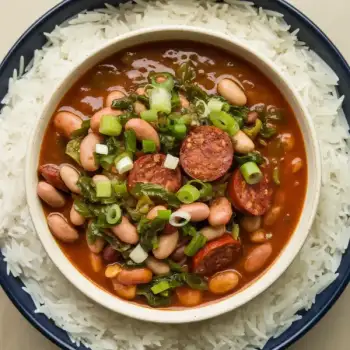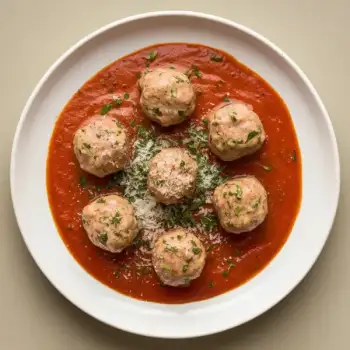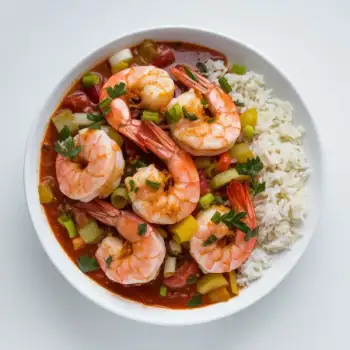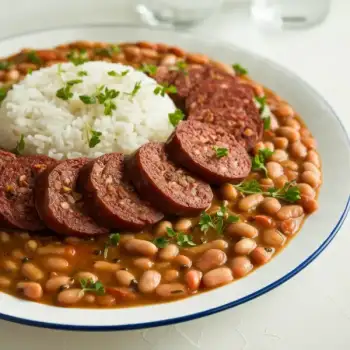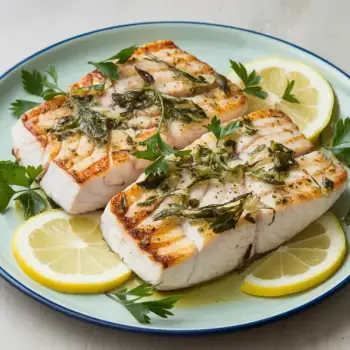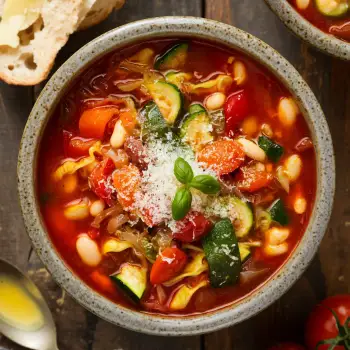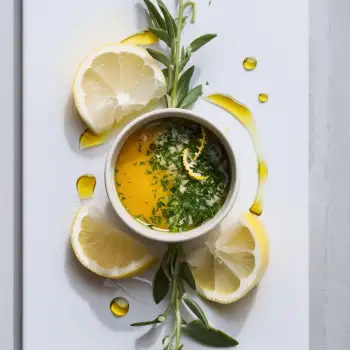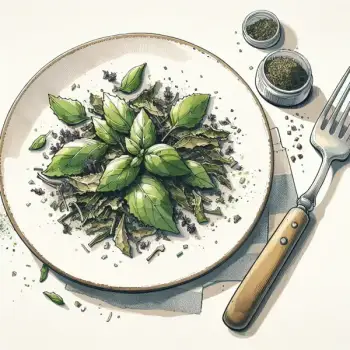


Ground
Dried basil leaves that have been ground into a fine powder, suitable for incorporating into spice blends and recipes where a smooth texture is desired.
Crushed
Dried basil leaves that have been crushed into small, flaky pieces, often used as a convenient way to add a burst of flavor to dishes.
Whole Leaf
Entire dried basil leaves, which can be preferable for infusing flavor into oils, sauces, or as a garnish for finished dishes.




ground basil: Simply Organic
crushed basil: McCormick
whole leaf basil: Frontier Co-op

Baking: Dried basil can withstand the heat of baking without losing its essence. It's often incorporated into the dough of breads or sprinkled on top of casseroles and baked pasta dishes.
Hydration: Before adding dried basil to a recipe, you can hydrate it in a small amount of warm water to help release its flavors. This is particularly useful for dressings or dishes with shorter cooking times.
Simmering: Adding dried basil to simmering sauces, soups, or stews allows the herb to slowly release its flavors throughout the cooking process. This method works well for dishes that benefit from a subtle, infused herbaceousness.




